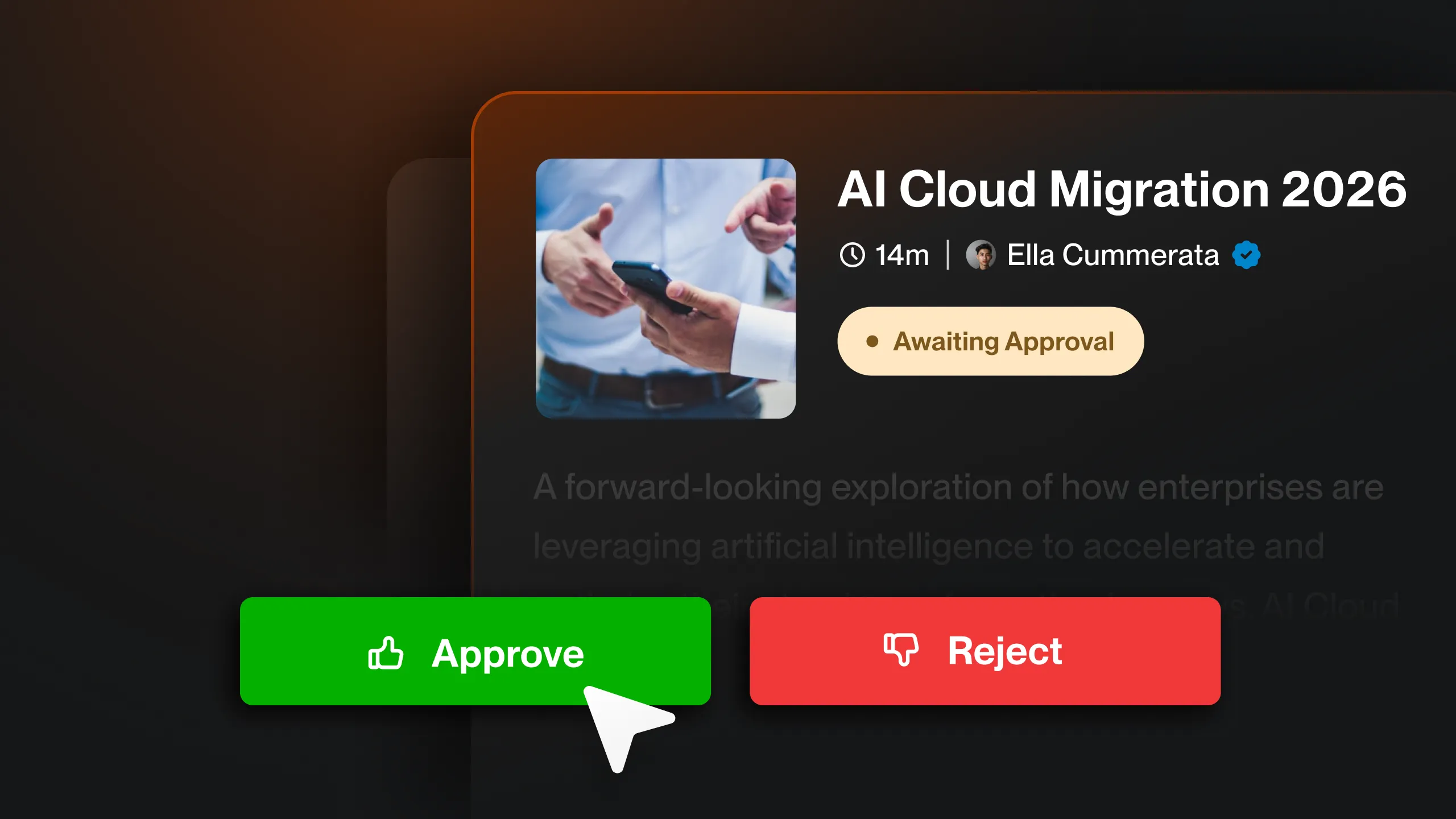Change Activation
The Business Case for Feasibility: De-Risking Transformation
Aug 1, 2025
Written by
Allan Maram, Global Director of Change and Transformation at Arcadis
Brittany Gunter, Council Leader at the Executive Council for Leading Change & Tigerhall
Transformation leaders are often caught between unrealistic delivery timelines and an incomplete understanding of how work actually gets done on the ground.
This disconnect threatens even the most well-intentioned efforts. Funding boards expect fast ROI. Project sponsors want momentum. But when delivery teams don’t have a grounded view of the current state—how processes function, how people adapt workarounds, how norms shape action—those expectations quickly become misaligned with reality.
What results is a kind of performance theater: confident presentations based on shaky assumptions, followed by resistance, delay, and rework.
This article unpacks that tension and explores why surface-level planning isn’t enough, how feasibility assessments de-risk execution, and how leaders can navigate the cultural and political headwinds that often push against this kind of upfront work.
When Plans Outpace Reality
In many organizations, planning is equated with progress. Leaders build detailed roadmaps, stack dependencies, and assign workstreams, often before truly understanding how work gets done day to day.
This is a result of cultures that reward certainty over discovery. But transformation doesn’t respond to rigid sequencing. It requires movement, learning, and continuous adjustment. As plans meet reality, assumptions are either validated or exposed.
Leaders often recycle plans that worked in one region or function without considering differences in tech literacy, cultural norms, or informal practices. What looks like “resistance” from the ground is often just misalignment and a signal that the plan never matched the lived experience to begin with.
Without a mechanism to uncover these mismatches early, delivery teams are forced to make reactive decisions mid-flight. That’s where timelines slip, scope balloons, and trust erodes.
What this means for transformation leaders is: Planning is necessary, but insufficient. Directional clarity must be paired with fast feedback loops and local validation to ensure the path forward is realistic.
The Strategic Value of Feasibility Assessments
Feasibility assessments are often misunderstood as red tape or over-engineering. In reality, they’re one of the smartest investments transformation leaders can make, especially in large, complex environments.
Done well, a funded feasibility assessment does more than test technology readiness. It surfaces hidden risks across systems, data, workflows, and culture. It gives teams a chance to challenge assumptions before they harden into timelines and budgets. And it exposes how local teams actually use (or avoid) tools and processes.
Here’s a practical example: A global org greenlit a workflow automation rollout based on efficiency gains projected from a prior deployment. The feasibility study revealed that 30% of the supposed user base had been bypassing the system through shadow IT and manual workarounds. The business case was built on phantom gains. Adjusting for reality prevented millions in sunk cost and reputational damage.
Just as importantly, feasibility assessments model a more adaptive, action-based transformation culture. They encourage experimentation, build credibility, and invite distributed teams into the process early, which reduces friction later.
What this means for transformation leaders is: Use feasibility assessments as more than just a diagnostic. Frame them as a visible commitment to responsible planning and local inclusion.
Navigating Funding Boards and Cultural Preferences
Funding boards are often pressured to greenlight transformation efforts quickly. Their decisions are shaped by data and by organizational norms—what gets valued, what feels “fast,” what looks decisive.
In cultures where hard metrics rule, feasibility work can be a hard sell. It’s often viewed as overhead rather than acceleration. But the irony is, skipping this step leads to the very delays and inefficiencies boards seek to avoid.
To make the case, transformation leaders must learn to speak two languages: one of business value, and one of risk.
Start by showing how early-stage discovery protects the integrity of the business case.
Demonstrate where ROI projections hinge on unvalidated inputs—like user behavior, adoption likelihood, or data availability. Highlight the cost of rework or change orders later in the lifecycle.
Then reframe feasibility as a tool to accelerate confidence. Boards aren’t just investing in validation; they’re investing in predictability, reduced surprises, and smoother execution.
What this means for transformation leaders is: Don’t ask for permission to slow down. Show how this step speeds up everything that matters: credibility, adoption, and business impact.
What Happens Without It?
When feasibility is skipped, the cracks rarely show up immediately. That’s what makes it dangerous.
At first, things look like they’re on track. Kickoffs are enthusiastic. Dashboards are green. But behind the scenes, confusion is brewing. Systems are misconfigured. Users are unclear.
Change champions are underprepared. And then reality hits: low adoption, missed KPIs, and “unexpected” blockers that should have been obvious.
What follows is a pattern of reactive firefighting:
Change teams scramble to rewrite communications or rework training
Project managers revise timelines while trying to preserve executive confidence
Teams on the ground disengage, seeing the initiative as detached from reality
The damage isn’t just operational. It’s political. Leaders lose credibility. Sponsors pull support. Transformation fatigue sets in.
What this means for transformation leaders is: Prevention doesn’t get credit—until it’s too late. But patterns repeat across orgs. Skipping the discovery phase is not a shortcut; it’s a bet against reality.
Leading Between Pressure and Perspective
Transformation leaders operate in the space between urgency and understanding. The business demands speed. The work demands clarity. And navigating that tension is what defines success.
Feasibility assessments are one of the few tools that allow both. They create the space to test assumptions, surface risks, and ensure plans are grounded in the way work actually happens, not just how it’s imagined in slides.
But that’s not enough on its own. Culture and politics shape what’s possible. Leaders must be attuned to the hidden signals, like what their boards value, how teams really behave, and where local nuance will make or break the rollout.
The real work isn’t choosing between planning and doing. It’s stitching them together so action is informed, and plans evolve with insight.
If you’re leading transformation and feel like you’re moving fast without traction, pause. Ask yourself: What assumptions are we building on? What don’t we know yet? And how will that catch up to us later?
You don’t need perfect clarity. But you do need to start with the truth.



